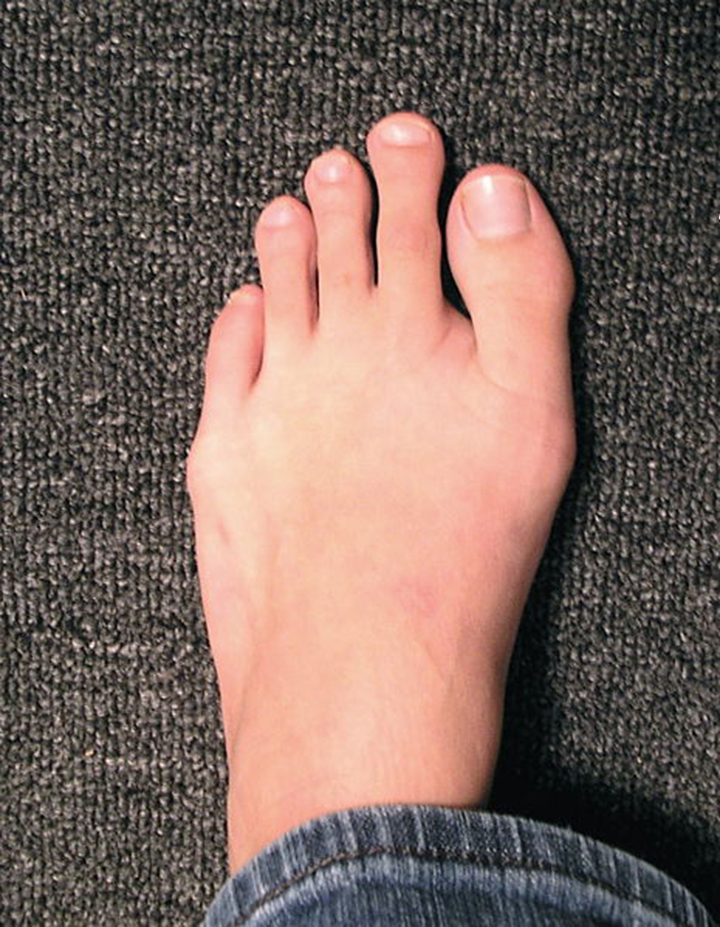
Affiliated Foot Care Center
Call 860•349•8500 or 203•294•4977

The name derives from American orthopedic surgeon Dudley Joy Morton (1884–1960) who described it as a part of Morton's Triad: A congenital short first metatarsal bone, a hypermobile first metatarsal segment, and calluses under the second and third metatarsals.
Morton's Toe is sufficiently common to be considered a normal variant of foot shape. Many people have Morton's Toe and experience no discomfort at all from it.
Morton called it Metatarsus atavicus, considering it an atavism recalling prehuman grasping toes. In statuary and shoe fitting, a more-protuberant second toe has been called the Greek foot (as opposed to the Egyptian foot, where the great toe is longer). It was an idealized form in Greek sculpture, and this persisted as an aesthetic standard through Roman and Renaissance periods and later (the Statue of Liberty has toes of this proportion).
Morton's Toe (also called "long toe") is the common term for the second toe (second from innermost) extending farther than the big toe. Morton's Toe is typically due to a lengthened second metatarsal. This promotes an anterior position of the second metatarsal-phalangeal (MTP) joint in relation to the the big toe or Hallux.
Although commonly described as a disorder, it is sufficiently common to be considered a normal variant of foot shape, as about 10% of people worldwide have Morton's Toe. The main symptom experienced due to Morton's toe is discomfort and callusing of the second metatarsal head. This is because the first metatarsal head would normally bear the majority of a person's body weight during the propulsive phases of gait, but these forces are transferred to the second (smaller) metatarsal head because of its anterior positioning. Morton's toe can cause nail problems from wearing shoes with a profile that doesn't accommodate the longer second toe.
Dr. Fosdick can prescribe shoes with a high and wide toe box and custom orthotics that keep the foot aligned as well as a metatarsal pad to reduce stress on the balls of your feet. We can make this condition better by recommending better shoes for you and validating any shoes you own as good for your feet or shoes that you should replace.